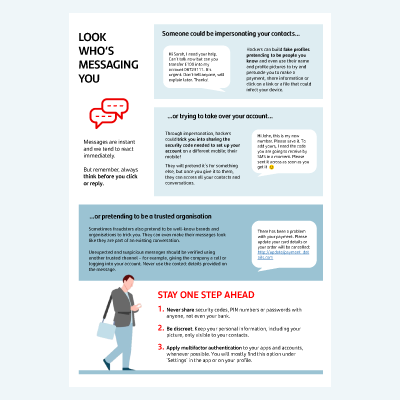A suspicious message? Report it!


Last update: 04/01/2023
Have you ever received a suspicious email or message that seems to be from the bank? Was there something that didn´t sound quite right? Was the sender not the usual one? Don´t hesitate and share the information with us.
In a world where our daily lives are becoming more digital every day, we must not neglect our security and being vigilant is as important as reporting suspicious messages.
At Santander, we make available to customers and the general public an email address to easily report any suspicious communications that may be impersonating the bank: reportphishing@gruposantander.com
Forward us the email or send us a screenshot of the suspicious message and our cybersecurity team will investigate it and take the necessary measures to eliminate the threat and prevent similar cases, because when you report you are also helping to protect others.
Tips to help you identify Phishing
The number one rule to help you spot malicious emails and messages is to think before you click or reply. Take a moment to verify the communication, following the simple steps outlined in this infographic.
- Were you expecting the message?
- Do you recognize the sender?
- Does it ask you to click on a link, share information or download a file?
Pay attention as it could be a case of phishing (when it happens by email) or smishing (if it is by SMS).
Remember that Santander will never:
- ask you to provide us with your full password or one-time codes
- ask you to enter your card or Online Banking details after clicking on a link
- call you to ask you to download software
If you suspect report it.

Messages are instant and we tend to react immediately. But remember, always think before you click or reply.





















